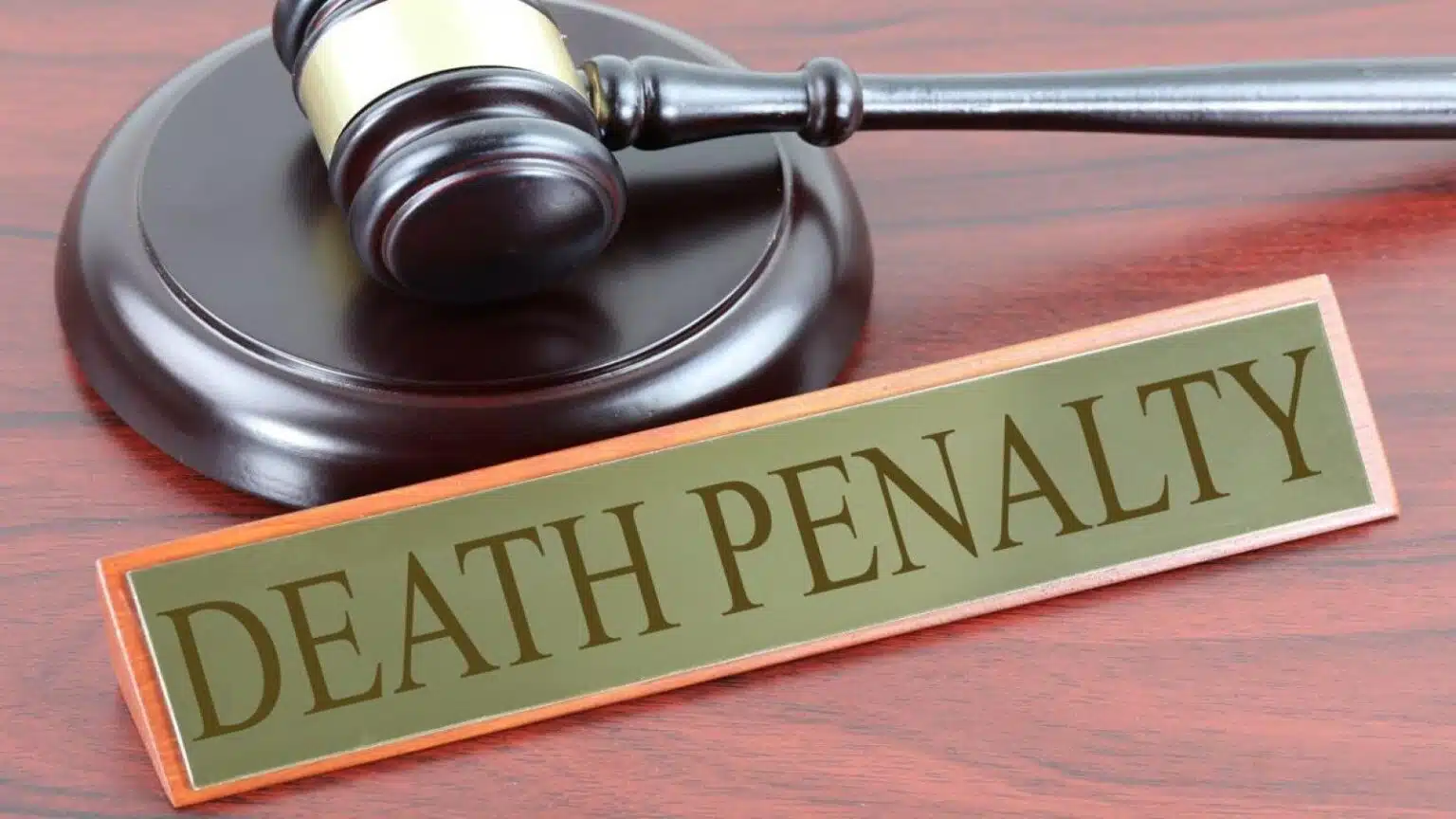The decision made by the Supreme Court on Tuesday has set an important precedent for the criminal justice system. The ruling states that the death penalty should only be given to those who have no chance of rehabilitation. This shows that the Supreme Court is taking a more nuanced approach to capital punishment, recognizing that not all criminals are irredeemable.
The Chief Justice of India, DY Chandrachud, along with Justices Hima Kohli and PS Narasimha demonstrated the importance of evaluating mitigating circumstances when determining whether or not someone is eligible for reformation. The severity of a criminal act or its culpability can be reduced by factors such as the accused’s background, criminal history, and behavior while in detention or incarceration. Their emphasis on this highlights the need for a comprehensive approach to criminal justice that takes into account all relevant factors.

The remarks were made when Sundarrajan’s case of abducting and killing a 7-year-old boy has been under scrutiny and review for years. Recently, while his death sentence was being commuted, remarks were made that shed light on the severity of his crime. Sundarrajan’s review petition against the top court’s decision to uphold the death penalty in 2013 ultimately led to the ruling being overturned. The justice system continues to grapple with difficult cases such as Sundarrajan’s, trying to strike a balance between punishment and rehabilitation.
Relevantly, the Court also served a notice on the Inspector of Police of the Kammapuram Police Station in Cuddalore, Tamil Nadu, for submitting an affidavit to the highest court that hid the petitioner’s behavior in the prison. 2009 saw Sundarrajan’s conviction for the kidnapping and death of a 7-year-old child. He was given a death sentence by the trial court, and all appellate courts, including the Supreme Court, upheld it. The prisoner then petitioned the Apex Court for a review.
Death penalty analysis by supreme court

There have been several instances where the Supreme Court of India has made landmark decisions, one of which was the ruling in Mohd Arif Ashfaq Vs. State in 2018. Following that order, the Supreme Court dismissed the applications for review on March 20, 2013. Following the Registrar’s directive, all review petitions involving the death penalty must be heard in open court, ensuring transparency and fairness in the justice system. As a result of this ruling, the review petition was once again heard and justice was served.
The highest court further remarked that the courts below did not investigate the information on Sundarrajan’s mitigating circumstances culled out by the Apex Court -:
- When he committed the crime, Sunder was 23 years old;
- No historical precedents;
- satisfactory prison behavior;
- having a systemic hypertension condition;
- made an effort to obtain training in food catering;
- Capacity to lead a successful life;
- Reformation and restoration may be possible.
Relevantly, the highest court in the current ruling disputed a sentence in the earlier order dismissing the review petitions that said the offense was serious since the victim was the parents’ only male child. The bench highlighted that a court cannot find that the child’s sexual orientation is an aggravating factor by itself.
Sundarrajan, who was sentenced to death, has been granted a commutation to death penalty. However, the court has stated that 14 years behind bars would not be an appropriate punishment for his crime. As a result, the convicted criminal will have to serve a minimum of 20 years in prison without the possibility of reprieve or remission. Justice must be served in cases like this, and it is up to the courts to ensure that the punishment fits the crime.













